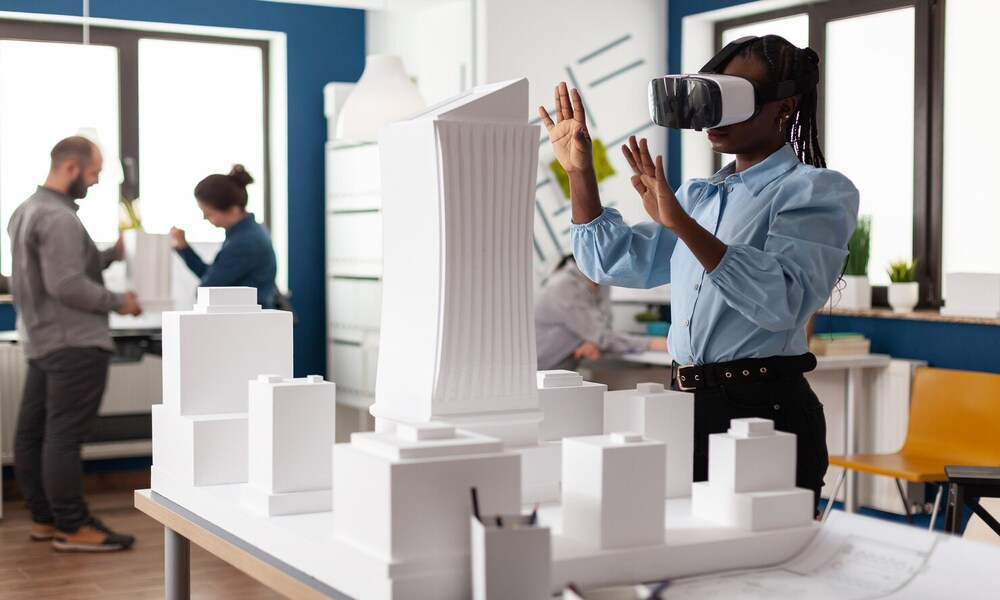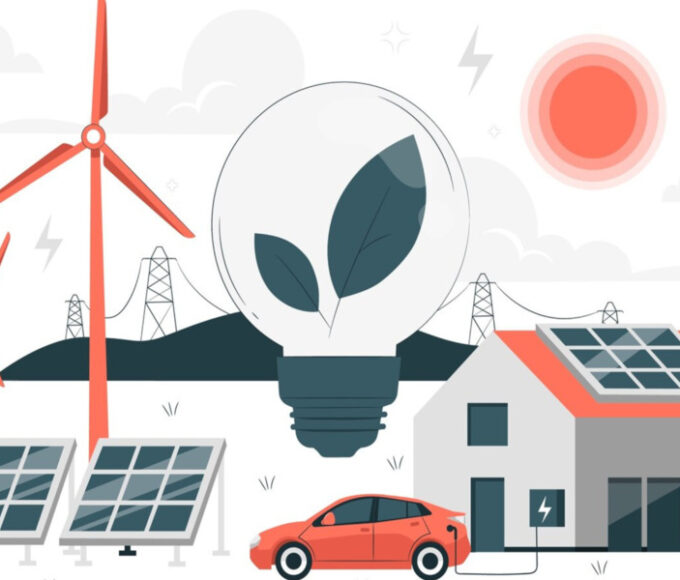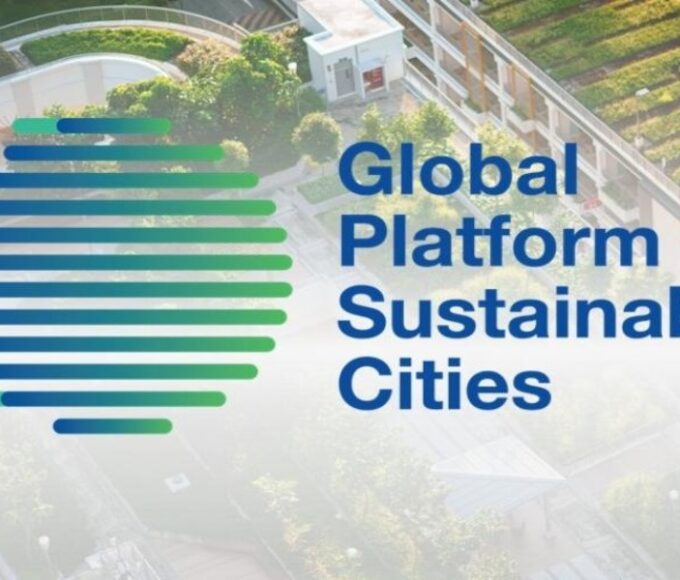Top 5 Construction Trends to Watch in 2025

The construction industry in 2025 is set to undergo significant changes driven by technology, sustainability and innovative practices. These Construction Trends are not only shaping how projects are executed but also redefining the future of construction. Here are the top 5 trends to watch this year.
1. Green Building and Sustainability
Sustainability remains a top priority, with green building practices becoming the standard across the industry. Developers are adopting energy-efficient designs, renewable materials, and environmentally friendly construction methods.
Key innovations include:
- Net-zero energy buildings powered by solar and wind.
- Use of sustainable materials like bamboo, recycled steel, and cross-laminated timber.
- Smart energy management systems that optimize power usage.
These initiatives align with global efforts to combat climate change while meeting government-mandated environmental standards.
2. Advanced Construction Technologies
Technological advancements continue to transform construction sites, enhancing efficiency and precision. Tools such as drones, 3D printing, and augmented reality (AR) are being widely adopted.
- Drones: Used for site surveys, progress tracking, and inspections.
- 3D Printing: Accelerates construction timelines by producing building components on-site.
- Augmented Reality: Enhances planning and training by visualizing projects in real-world settings.
Additionally, artificial intelligence (AI) and Building Information Modeling (BIM) are streamlining project management, reducing costs, and minimizing risks.
3. Modular and Prefabricated Construction
Modular and prefabricated construction is gaining traction due to its speed, cost-effectiveness, and sustainability. Components are manufactured off-site and assembled on-site, significantly reducing construction time and waste.
This method is particularly popular for residential housing, healthcare facilities, and schools, where quick delivery and scalability are essential.
4. Focus on Workforce Development
Labor shortages remain a challenge in the construction industry. To address this, firms are investing in workforce development through apprenticeship programs and training initiatives.
- Upskilling workers in new technologies like robotics and AI.
- Attracting younger talent through partnerships with educational institutions.
- Promoting diversity and inclusion to broaden the talent pool.
Automation and robotics are also playing a key role in filling labor gaps by handling repetitive and hazardous tasks.
5. Smart Cities and Urban Development
The rise of smart cities is driving demand for advanced infrastructure projects. These developments integrate IoT-enabled systems to improve connectivity, energy efficiency, and public services.
Examples include:
- Intelligent transportation systems to reduce traffic congestion.
- Smart grids for optimized energy distribution.
- Sustainable urban planning with green spaces and eco-friendly utilities.
As urban populations grow, construction firms are focusing on building cities that are not only functional but also sustainable and technologically advanced.
Conclusion: The Future of Construction in 2025
The construction industry in 2025 is embracing a wave of innovation and sustainability, making it more efficient, eco-conscious, and adaptive to global challenges. By adopting these trends, construction firms are paving the way for a future where buildings and infrastructure contribute to a more resilient and sustainable world.
These developments highlight the importance of staying ahead in a rapidly changing industry and setting new benchmarks for success in construction.
Visit Latest Interviews
Recent Posts
Related Articles
Why You Should Think About Your Domain Extension Before You Think About The Name?
Think of your domain extension like a surname—it wraps up your web...
ByGlobal Leaders ViewAugust 19, 2025Germany’s ‘Energiewende’ Initiative: A Vision for a Sustainable Future
Germany’s ambitious energy transition, known as the Energiewende, aims to shift the...
ByGlobal Leaders ViewJanuary 27, 2025Global Platform on Sustainable Cities Established
In a groundbreaking move toward addressing the challenges of urbanization and climate...
ByGlobal Leaders ViewJanuary 27, 2025Singapore’s Green Urbanism Initiatives
Singapore, known for its modern skyline and bustling urban environment, is also...
ByGlobal Leaders ViewJanuary 27, 2025















Leave a comment